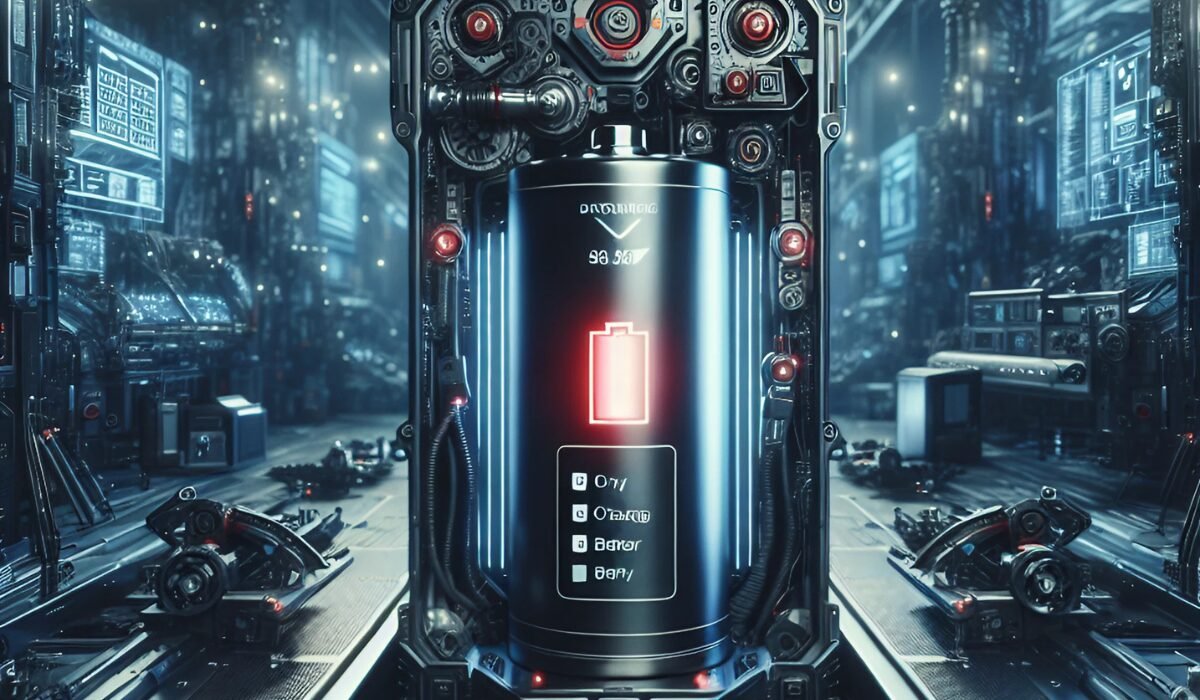In trendy, speedy-paced commercial environments, precision and efficiency are paramount. Tridyne structures, known for their accuracy and reliability, ensure operations run smoothly. However, one common trouble confronted with the aid of users is the dreaded “tridyne low battery” alert. It’s more than an inconvenience; it can cause misguided measurements, slower reaction times, and even gadget screw-ups. This weblog aims to provide a complete manual on coping with and stopping low battery troubles in your Tridyne systems, ensuring your equipment functions as it should.
Understanding the Impact of a Tridyne Low Battery
Low battery indicators in Tridyne systems should be taken with a grain of salt. These systems are complex gear designed for precision use in business settings, where accuracy is essential. When the battery in this type of machine is depleted for a long time, the general functioning suffers. This can bring about faulty measurements that compromise excellent and safety requirements. Additionally, slower response instances can lead to operational inefficiencies and elevated downtime, affecting productivity.
Why Do Tridyne Batteries Drain?
Multiple elements contribute to battery drainage in Tridyne structures. Frequent use, environmental situations, and the battery’s inherent first-class quality play significant roles. For instance, everyday electricity biking and prolonged use can accelerate battery depletion, while intense temperatures can adversely affect battery lifestyles. Understanding those elements can assist in taking preventive measures to extend battery existence and preserve the device’s overall performance.
Immediate Actions Upon a Low Battery Alert
Receiving a “tridyne low battery” alert is a name to action. Immediate steps are vital to prevent headaches. First, investigate whether or not the device has backup power options or if a transient shutdown is needed to save you statistics loss or damage. Next, look at the situation of modern-day batteries and determine whether an alternative is vital. Keeping spare batteries handy that shape your machine’s specs can store treasured time and prevent operational halts.
Maintaining Optimal Battery Performance in Tridyne Systems
Maintaining your Tridyne device’s battery is vital to ensure its capability and reliability over a lengthy period. Regular renovation tests and well-timed replacements are essential to avoid unforeseen disruptions. Here are some strategies to preserve battery overall performance:
Regular Maintenance Checks
Conduct recurring inspections of your Tridyne structures to ensure they’re working optimally. This consists of checking the battery’s health and rate stages. Implementing a schedule for these tests can help identify ability troubles before they escalate into main problems.
Choosing the Right Battery
Not all batteries are created equal. When it is time to update a Tridyne battery, it is vital to decide on one that suits the gadget’s specifications. Using a battery that does not meet the specified requirements can cause insufficient strength supply, risking operational inefficiencies and capability system damage.
Upgrading to Newer Models
As battery technologies evolve, upgrading to newer models with higher efficiency can extend the lifetime and performance of your Tridyne systems. These more modern batteries regularly provide improved performance in terms of fee capacity and sturdiness, making them a profitable investment for retaining device reliability.
Troubleshooting Common Low Battery Issues
Despite exceptional efforts, low battery problems can arise all at once. Troubleshooting these problems calls for a systematic technique:
Identifying Power Consumption Patterns
Understanding how and when your Tridyne device uses the most strength can offer insights into battery drainage styles. This information can alter usage behavior or operational settings to preserve battery life.
Assessing External Factors
Environmental conditions, including temperature and humidity, can appreciably affect battery overall performance. Ensure your Tridyne structures are stored and operated in environments conducive to battery health.
Consulting with Experts
If troubleshooting efforts do not resolve the difficulty, consulting with a Tridyne technician or aid group can provide additional answers. These professionals can offer guidance tailored to your gadget configuration and operational needs.
Enhancing System Efficiency Beyond Battery Management
While managing battery overall performance is essential, enhancing usual machine efficiency entails a holistic technique:
Implementing Energy-Saving Features
Many Tridyne structures have integrated power-saving modes. These features can reduce unnecessary power consumption, thereby extending battery life.
Training and Awareness
Educating employees on the significance of battery maintenance and proper gadget use can foster a proactive approach to coping with low battery dangers. Training periods and informative materials can empower users to take ownership of system maintenance.
Leveraging Advanced Technologies
Exploring AI and machine learning advances can further optimize Tridyne’s system performance. This technology can help predict battery disasters and advise timely interventions, ensuring uninterrupted operations.
Conclusion
In conclusion, the perfect running of Tridyne structures hinges on their batteries’ condition. By understanding the causes and implications of low battery indicators, taking instant corrective actions, and imposing preventative measures, you may preserve the best battery performance in your Tridyne systems. Remember, keeping the battery not changing while wanted ensures the entire gadget operates at its highest performance. For persevered studying and expert advice on keeping your Tridyne systems appearing optimally, remember to connect with a professional technician or join industry boards devoted to system upkeep.

